How famous writers and artists wooed their lovers with food
The road to artistic greatness is littered with lovers and cherry pits.
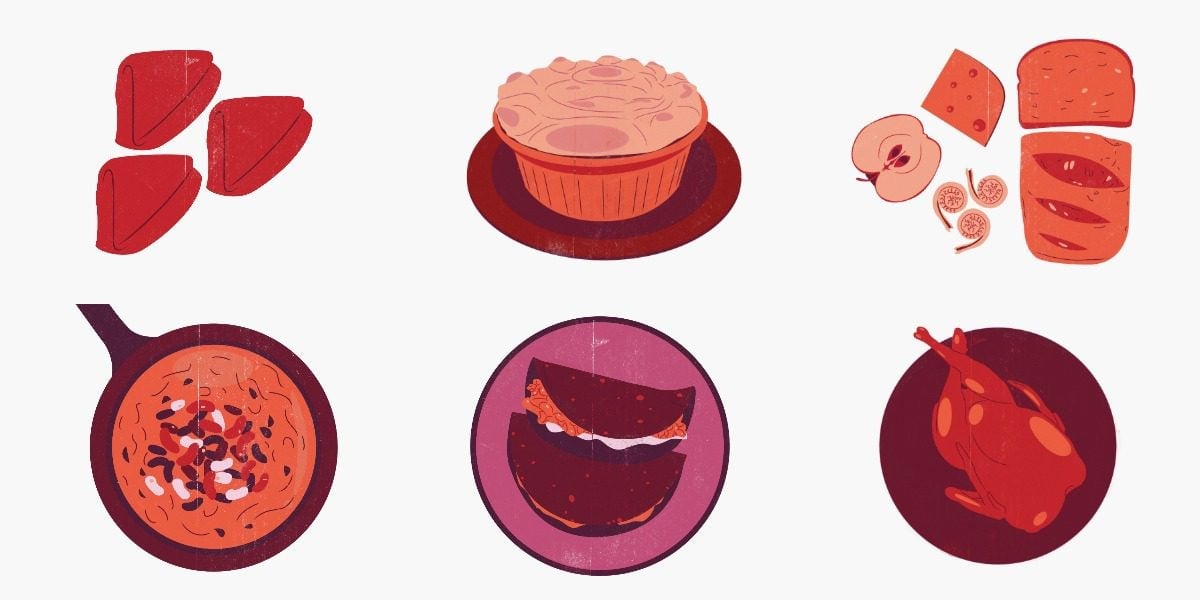

The road to artistic greatness is littered with lovers and cherry pits.
A new book, Dining with the Famous and Infamous (Rowman & Littlefield, out Jan. 2016) creates rich portraits of famous figures’ relationships to food—and as is quickly apparent, the creative use of snacks and treats played a major role in their romantic lives.
Food writer Fiona Ross recounts that Pablo Picasso offered cherries to his crushes; Marilyn Monroe tried chicken cacciatore on a cold Arthur Miller; and an egg sandwich once resolved a spat between Frank Sinatra and Ava Gardner. She follows more than 40 famous artists, musicians, and writers through history as they tipple and overeat all around town, and provides recipes to recreate their favorite dishes.
Below, a selection of the most succulent—and sometimes strange—snacks that artistic geniuses once used to woo their lovers.
Agatha and Archie Christie, a cheese soufflé

“In their tiny kitchenette, Christie experimented with food. She’d been to cookery classes, but she also used National Soup Squares to open the meal. Archie liked to call this ‘sand and gravel soup.’ Lovingly, perhaps to make up for the soup, Christie made her own elaborate cheese soufflé, but this gave Archie acute dyspepsia, and she was surprised that he liked to eat pots of golden syrup or treacle when he was ill.”
J.D. Salinger to his lover Joyce Maynard, “good foods”
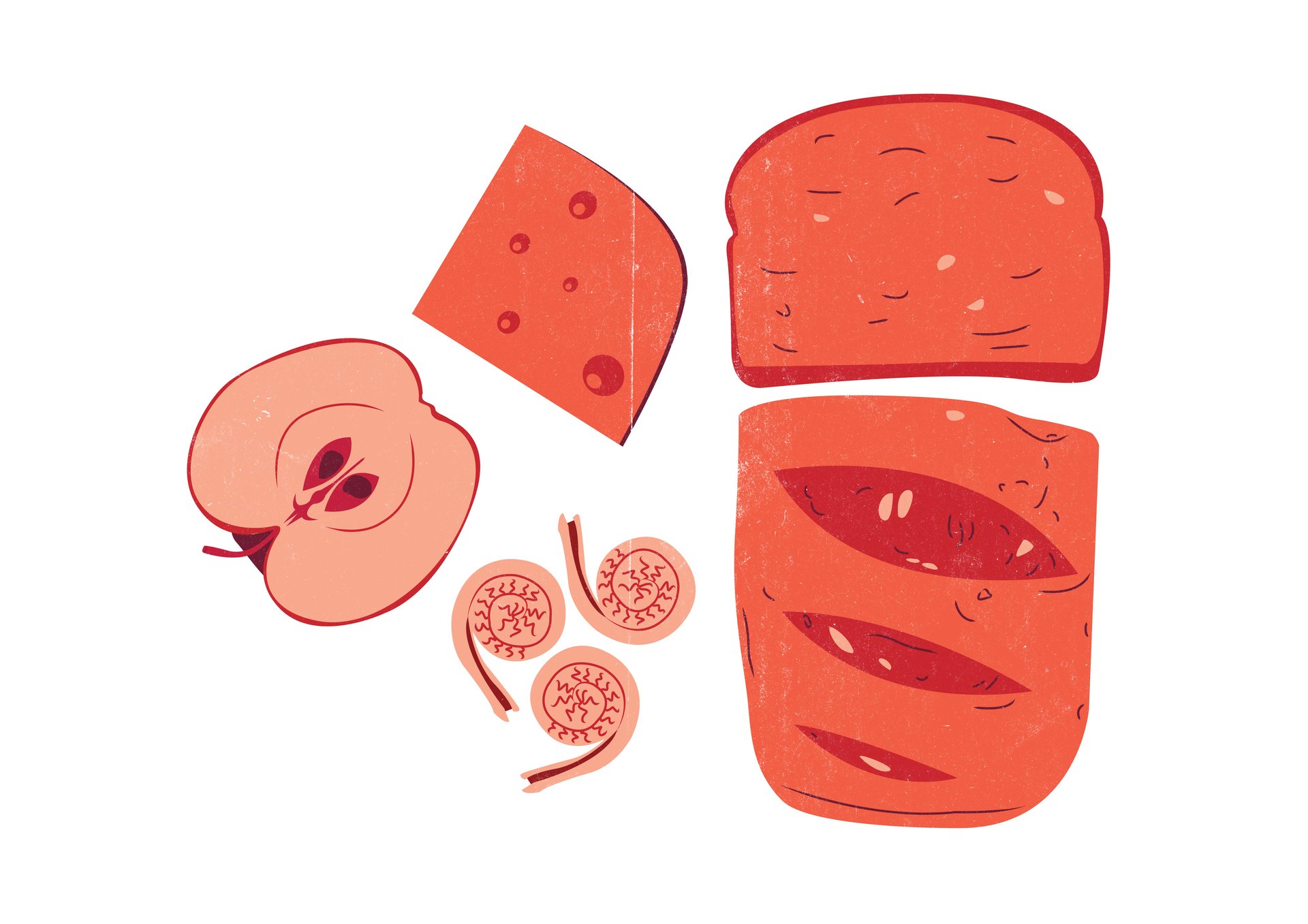
“Salinger made her lunch, all drawn from his special homeopathic mantra of good foods. In his basement he kept a vast chest freezer packed with homegrown vegetables, nuts, and fiddlehead ferns. On her plate was brown, wholegrain bread, apples, a smidgen of cheddar cheese, and sunflower and pumpkin seeds mixed with unpasteurized honey. Ice cream, Salinger warned, was poison.”
Oscar Wilde to his lover Bosie, rare birds

“Wilde was clearly smitten with love; he wrote once to his friend Robert Ross from rooms in the Royal Palace Hotel, Kensington, ‘Bosie is quite like a narcissus—so white and gold. He lies like a hyacinth on the sofa, and I worship him.’ They were inseparable, and lived, Wilde claimed, on ‘clear turtle soup,’ ‘luscious ortolans wrapped in their crinkled Sicilian vine-leaves,’ ‘amber-scented champagne,’ ‘pâtés procured directly from Strasburg,’ washed down with ‘special cuvées of Perrier-Jouet.'”
Sylvia Plath and Ted Hughes, fresh trout
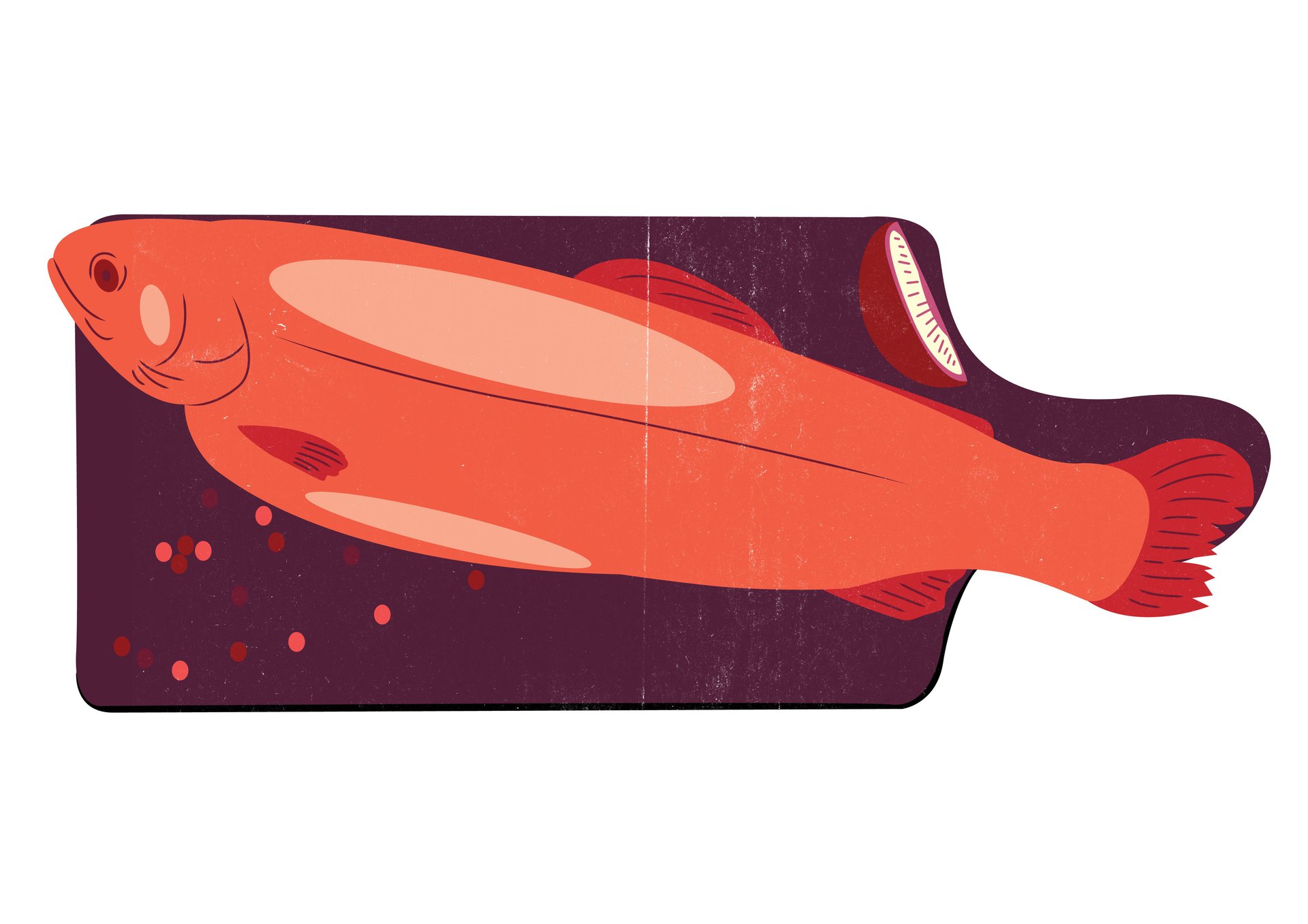
“Nothing could beat Ted Hughes; it was as if Sylvia had been struck by lightning. The lovers walked for miles through the Cambridge woods at night. Ted constantly wore an old corduroy jacket and turned up with poems and fresh trout in his pockets. Sylvia cooked on the small gas ring in her rooms, and they’d eat steak while Ted taught her how to cook herring roes and all about horoscopes. Ted was the first man she’d ever met who genuinely loved food.
‘He stalked in the door yesterday,’ she wrote home, ‘with a packet of little fresh shrimp and four fresh trout. I made a nectar of Shrimp Newburg with essence of butter, cream, sherry and cheeses; had it on rice with the trout. It took us three hours to peel all the little tiny shrimp, and Ted just lay groaning by the hearth after the meal, like a huge Goliath.'”
Salvador Dalí to his muse Amanda Lear, a cold fruit soup
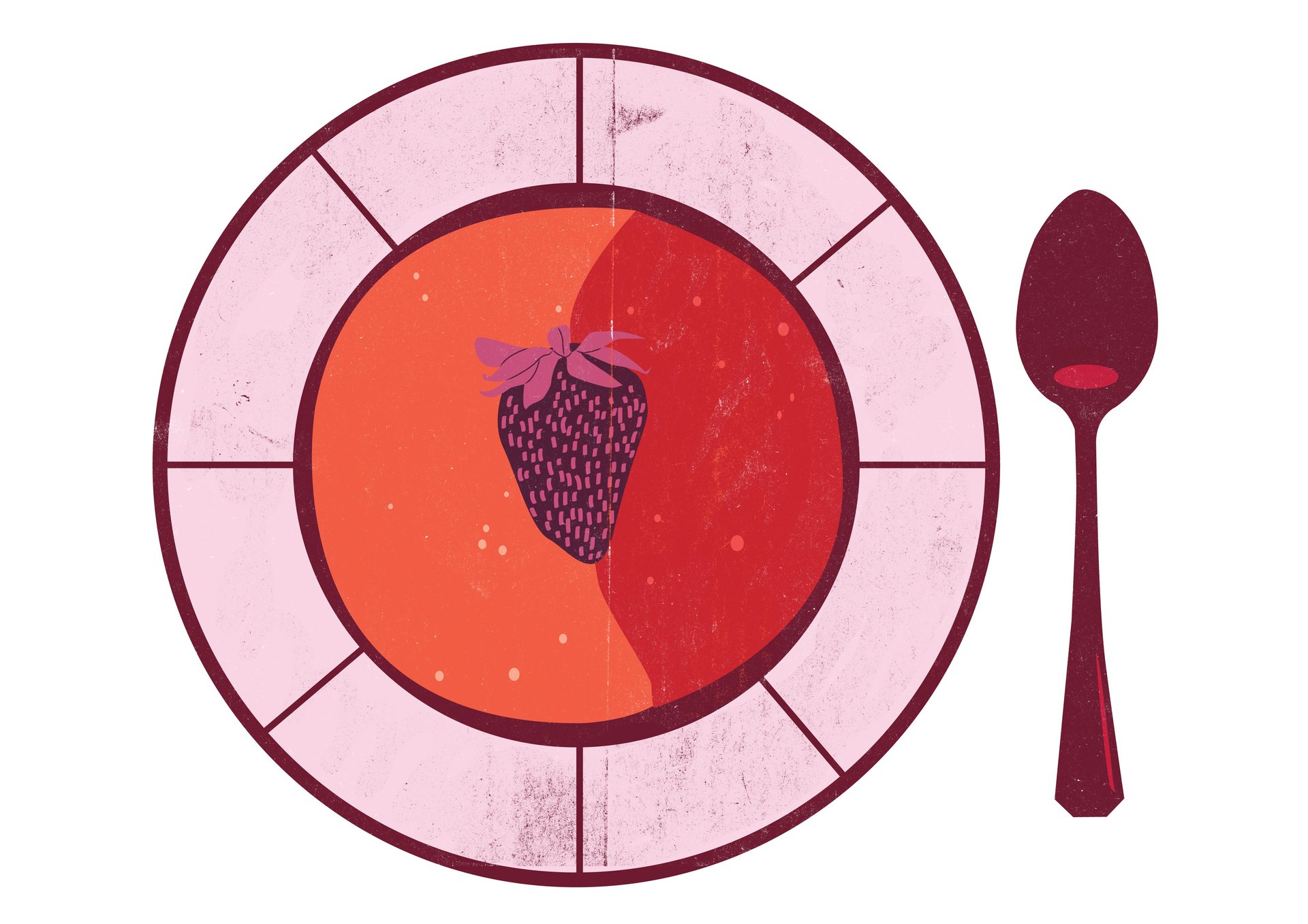
“If you were a new friend of Dalí’s and had been invited round for dinner, beware the arrival of lobster in chocolate sauce at the table. It often meant that Dalí wanted to have sex with you. Amanda Lear attracted Dalí not so much because she was a model but because, he observed, she had a beautiful skull.
An adoring protégée of Dalí’s, Lear dined with him on cold fruit soup, followed by doves killed by Paquita, no doubt using a bow and arrow, and accompanied, ludicrously and prosaically, by chips.”
Frida Kahlo and Diego Rivera, “sleeping excrement”
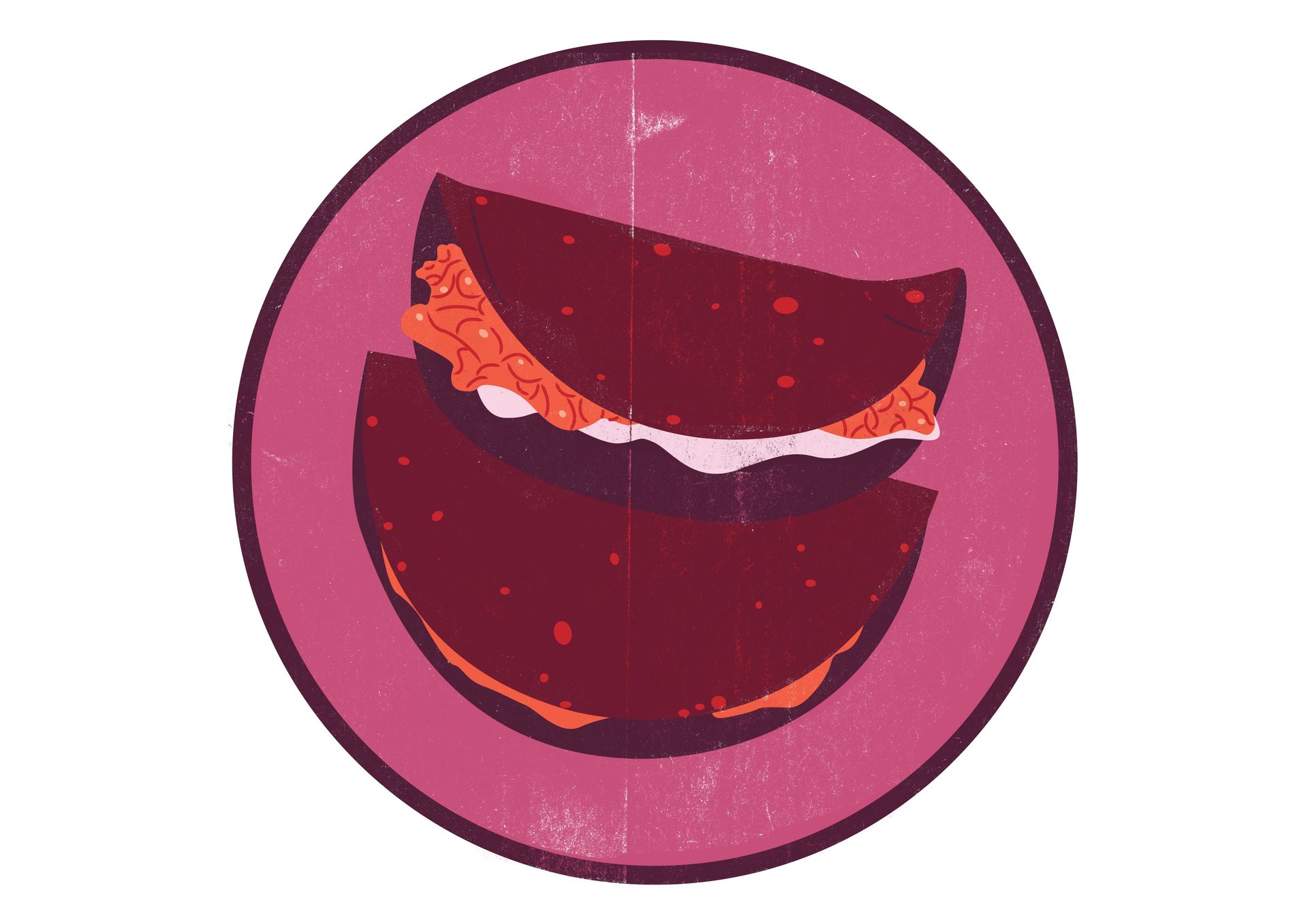
“Mexican food was one of the rich, sustaining influences in Frida and Diego’s marriage. Rivera, if he had been drawing in the local market that morning, bought Indian huitlacoche for their cook to prepare. The derivation of the word huitlacoche can seem off putting: it comes from the Nahuatl word for cuitla, meaning ‘excrement’ or ‘rear end,’ combined with cochtli, meaning ‘to sleep’—so that shakes out as ‘sleeping excrement.’
Not to be outdone, one determined body of etymologists insists on translating this as ‘raven’s excrement.’ Splitting hairs? Also known as corn smut or corn truffle, huitlacoche looks like a mass of ovalish, pale-gray fungi on an ear of corn. Cooked, it becomes black and tarry with an earthy, mushroomy taste and a hint of corn.
Diego’s cook fried it with onion, chilies, and the herb epazote—which goes by the romantic pseudonyms of pigweed and Mexican tea. Along with the huitlacoche, Rivera and Kahlo lunched on jet black duck mole, with lime green guacamole on masa harina tortillas.”
Bob and Rita Marley, fresh coco bread
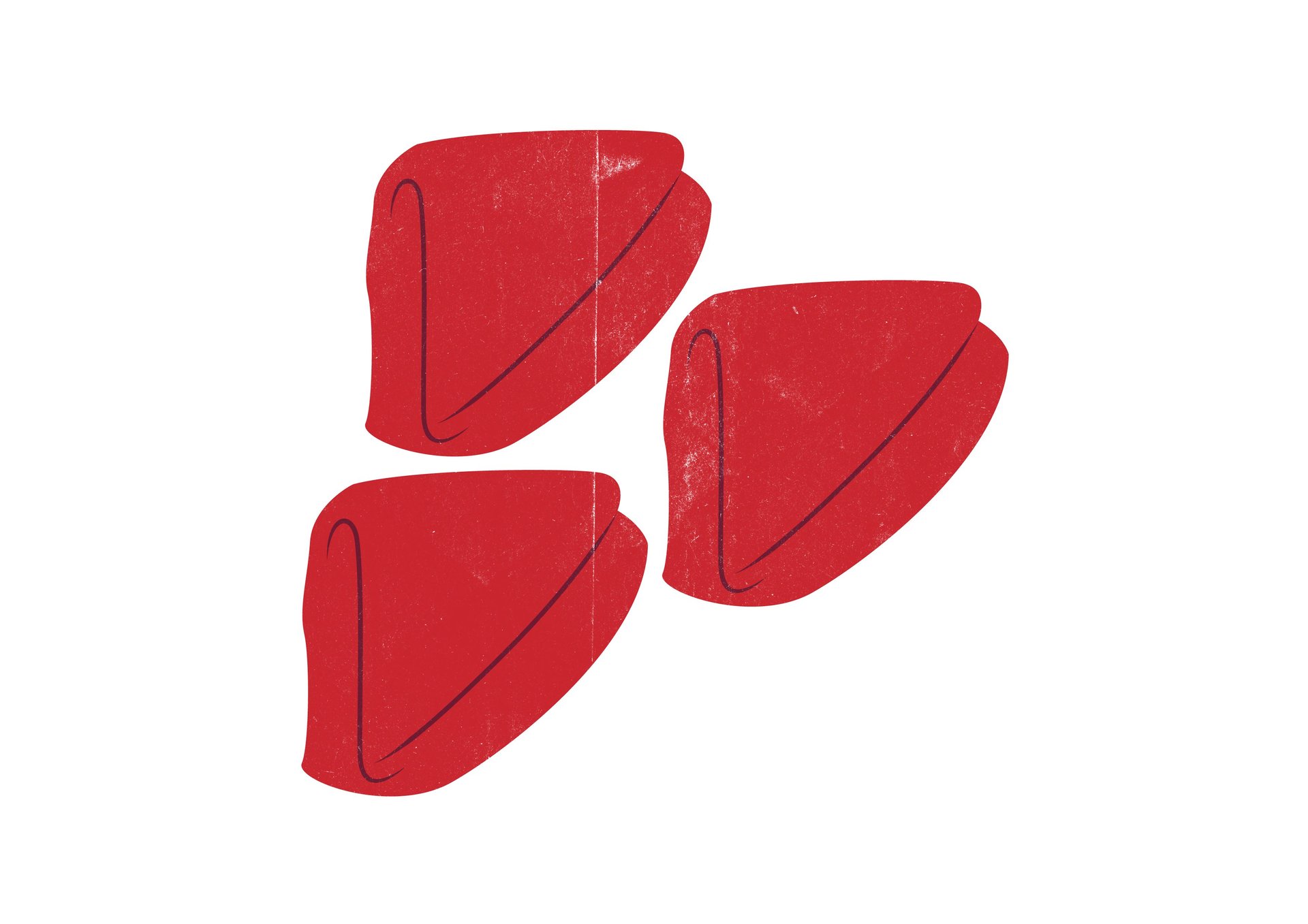
“When they were not beneath the ireful gaze of Aunty, Bob and Rita courted at Studio One, the Wailers’ jamming spot. Practices began at 9 in the morning, and then Bob, Rita, and the Wailers would break for a lunch of warm, white coco bread and meat patties. The fresh, hot coco bread was split in two, and pastry-lined, succulent, spiced meat patties were packed inside.”